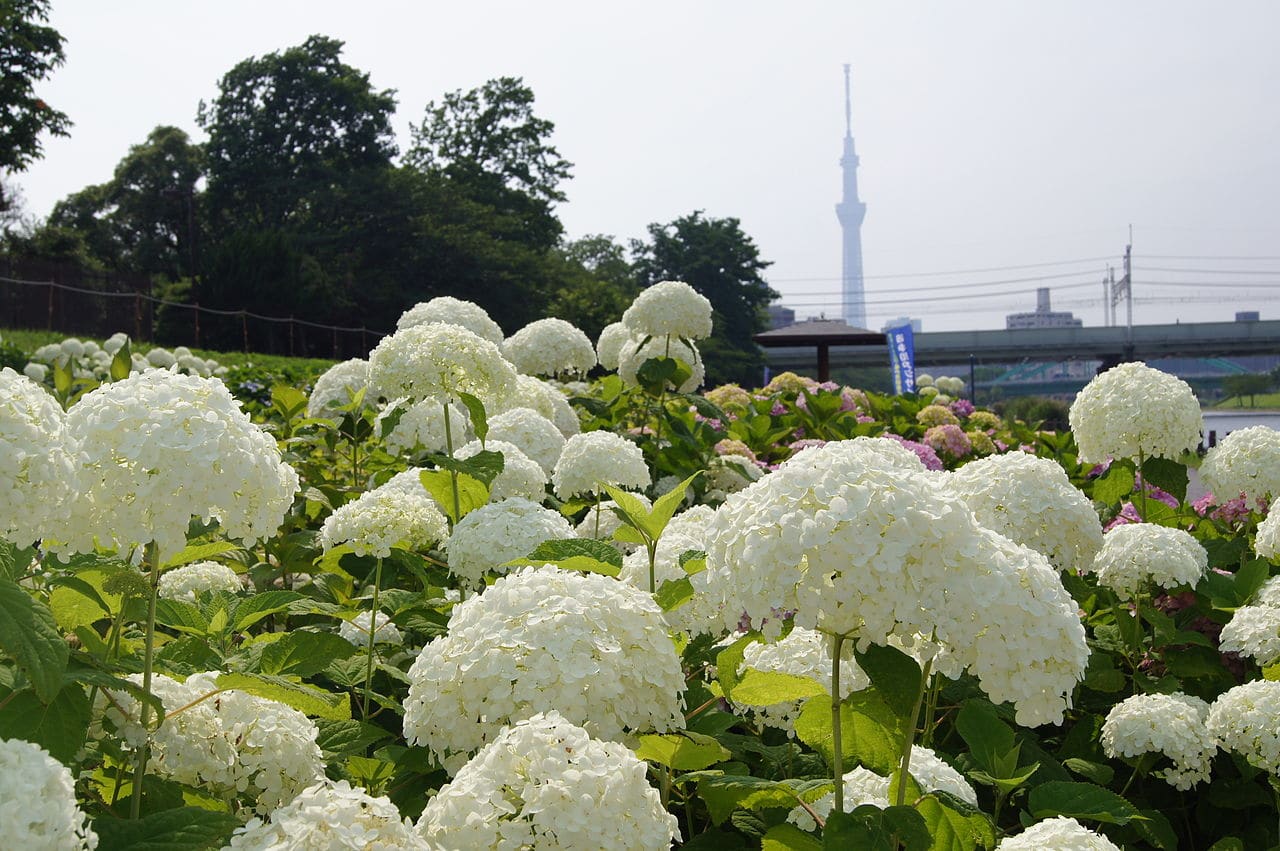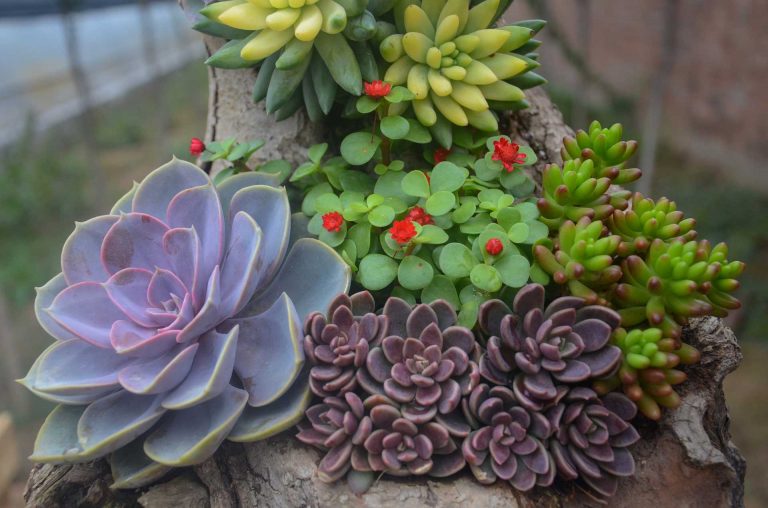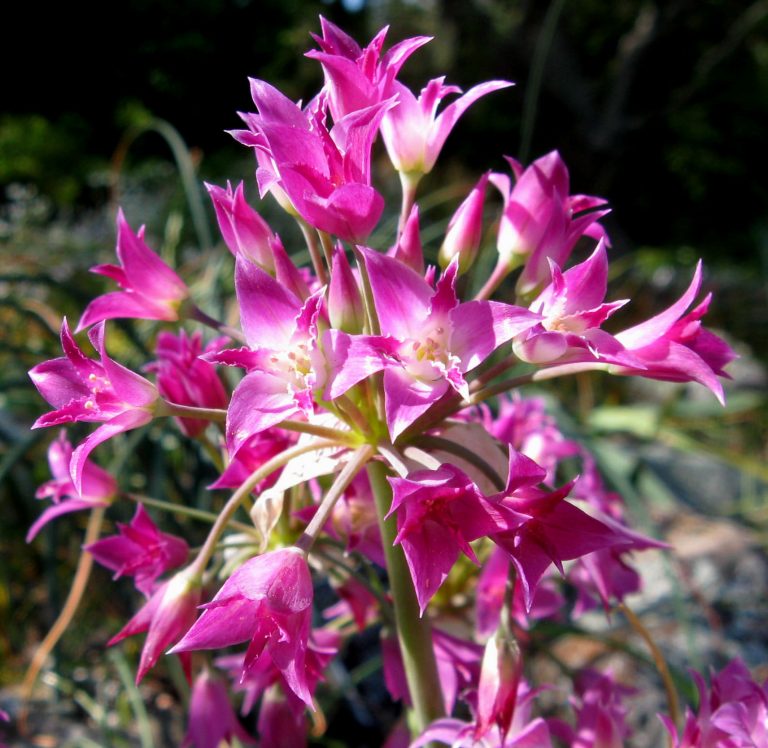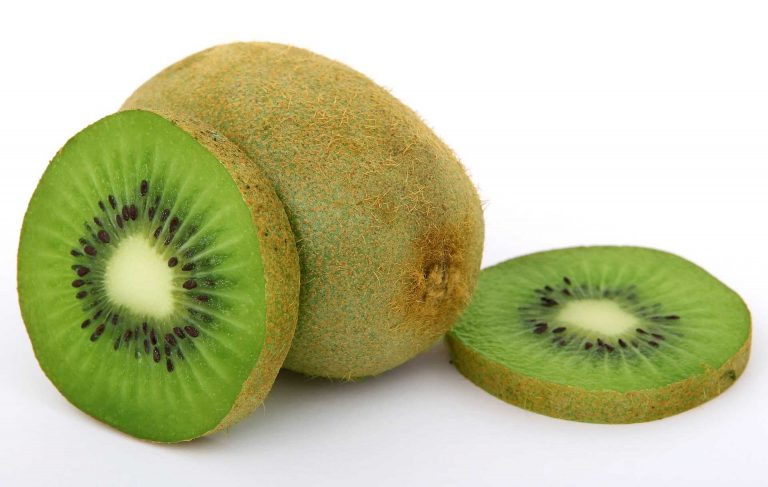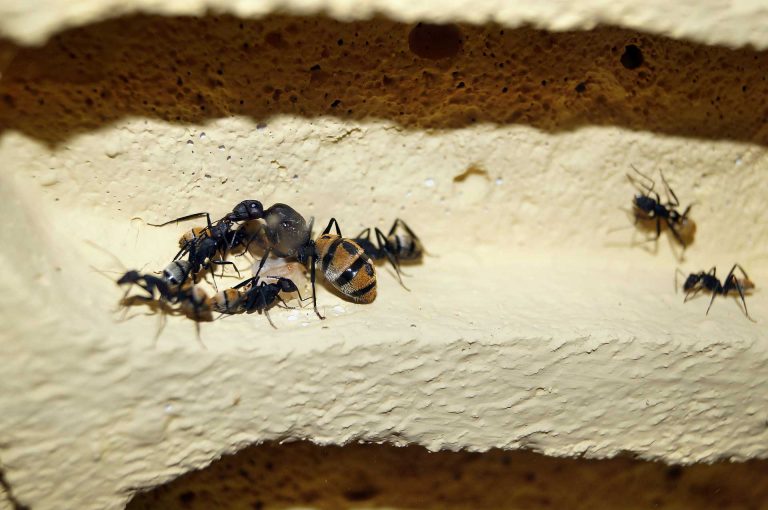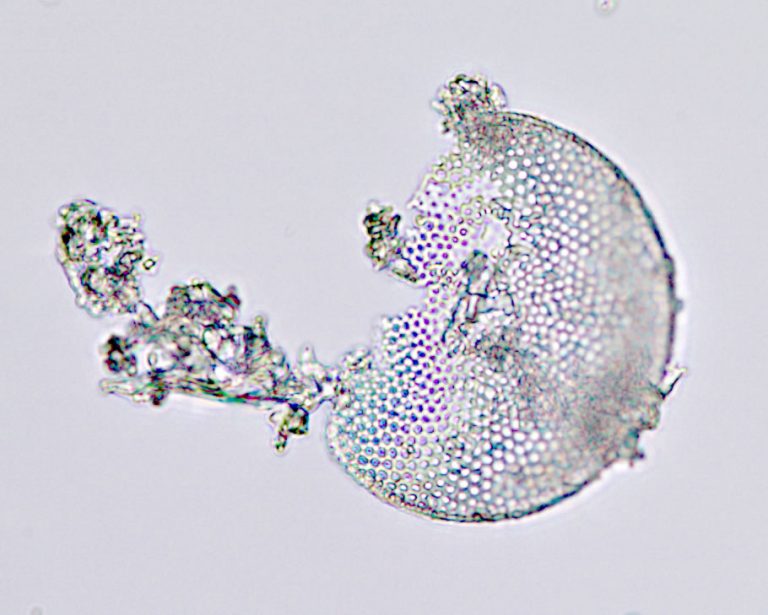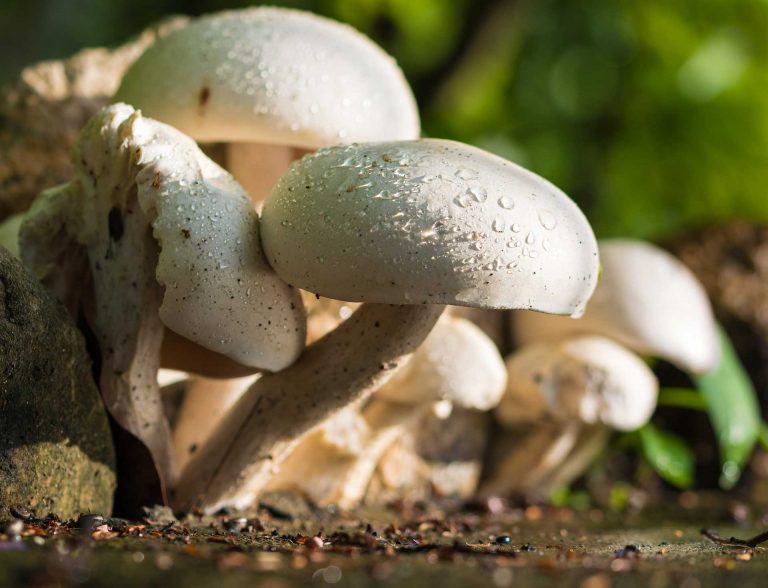Hydrangea – Folklore’s Useful Deterrent against a Witch’s Curse
Scientific Classification
| Kingdom: | Plantae |
| (unranked): | Angiosperms |
| (unranked): | Eudicots |
| (unranked): | Asterids |
| Order: | Cornales |
| Family: | Hydrangeaceae |
| Genus: | Hydrangea |
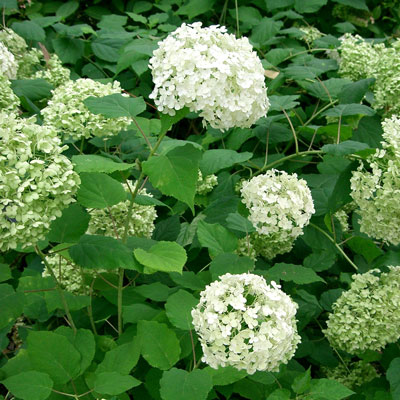
Photo by: KENPEI
The Flower Hydrangea, familiar to all as Hortensia or hydrangea is a variety comprising of 70 to 75 types of flowering plants inhabiting southern and eastern parts of Asia, Japan, the Himalayas, China, Indonesia, and The Americas. By and large, you find the maximum variation in diversity is in eastern Asia, significantly Japan, China and Korea. A folklore claims that healers of curses foisted on unwary men and women used hydrangea to free the individual from the curse.
Anatomy
The majority of the variety of flowers is White, but some types, significantly H. Macrophylla, are red, blue, light, dark purple or pink, The pH of the soil determines the color of the flower. An acidic soil (pH below 6) gives the flower color a bluish shade; On the other hand, an alkaline soil (pH above 6) gives the flower color more of pinkish overtones. The color changes are because of the pigments present in the aluminum ions that the hyper accumulating plants absorb.
How to cultivate domestically
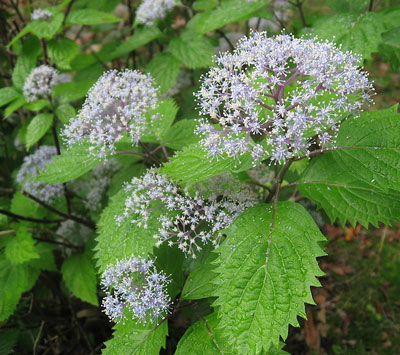
Preparation for Planting
The ideal time for planting hydrangea is in the fall or early spring. While you plant Hydrangea, take care that the stems and flowers are safe from the hot noon sun and the strong winds. Do not Plant in the open areas where the stems are liable to break by the strong winds. Plant your hydrangea on the eastern side of the building so that in the afternoon, when the heat of the sun is at its peak, your plants get the shade. Meaningful hydrangea care should include proper drainage of the soil. Avoid wetting the soil too much, which causes the roots to rot, consequently allowing the plants to die.
Planting
- The majority of the hydrangeas flourishes in rich and porous soil, moderately wet. Supplement the under nourished soil with compost.
- Hydrangeas require total morning sun, and a little shade in the afternoon. Most of them flower in partial shade, especially the hydrangea with big leaves.
- Plant your hydrangea in the fall or in spring.
- Make a hole to the root’s depth and twice or thrice its width.
- Place the plant in the hole and fill the hole to half its depth with soil and water. After you drain the water, empty the remaining soil into the hole.
- While planting, space the hydrangeas 3 to 10 feet apart
Placement and Watering
Hydrangeas need plenty of water in well-drained soil that does not remain wet all the time.
Hydrangeas flourish well in Shady locations. In the sun they grow well, provided you supply sufficient water. Placing in a sheltered place or giving hydrangeas protection in winter, is a good idea too. Annabelle is an exception; it grows fine in all areas, provided you feed it adequate water.
Flowering
Hydrangea flowers bloom in early spring up to late autumn; they develop in flowerheads (panicles or corymbs) at the tip of the stems. In most of the varieties, you will find two types of flowers in the flowerbeds; tiny fertile flowers in the center with big, sterile bract-like flowers circumscribing the center flower. In the other variant, all the sterile flowers are about the same size.
After Bloom Care
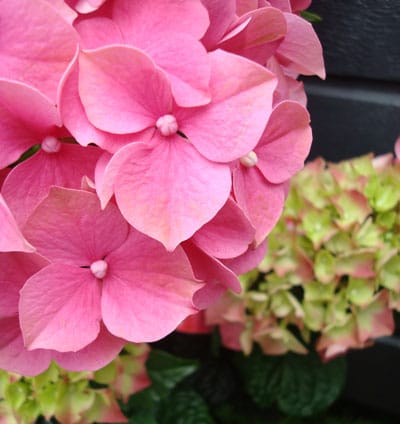
Photo by: Joanne Bergenwall Aw
Immediately after flowering, remove the withered heads above the first leaf, to encourage further growth, to save energy and for aesthetics. In summer after flowering is over, prune the branches that extend beyond the climbing surface. This will prevent the flower from getting uprooted in ice, snow or heavy winds.
As Cut Flowers
- When the flowers are full-grown and have a papery consistency, cut off the heads.
- Pluck away the leaves from the stems of the hydrangeas and tie them headlong down in a warm, airy, and dark room.
- When they are totally dry (usually two weeks), store them in a place remote from the sun but in a dry place.
- Spritz or mist the dry flower with dilute Rit dye for better flowering.

Having discovered a fondness for insects while pursuing her degree in Biology, Randi Jones was quite bugged to know that people usually dismissed these little creatures as “creepy-crawlies”.

